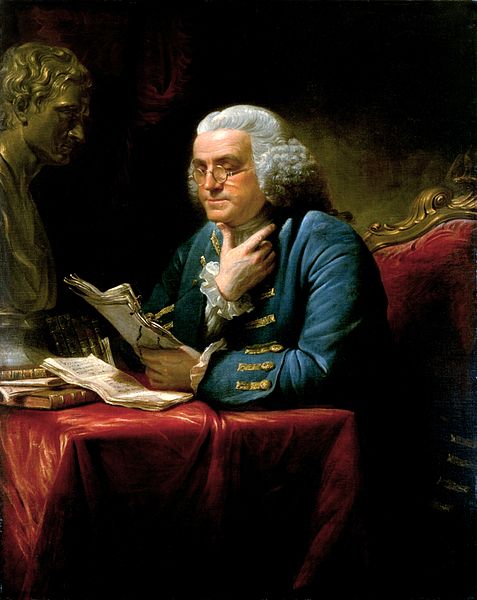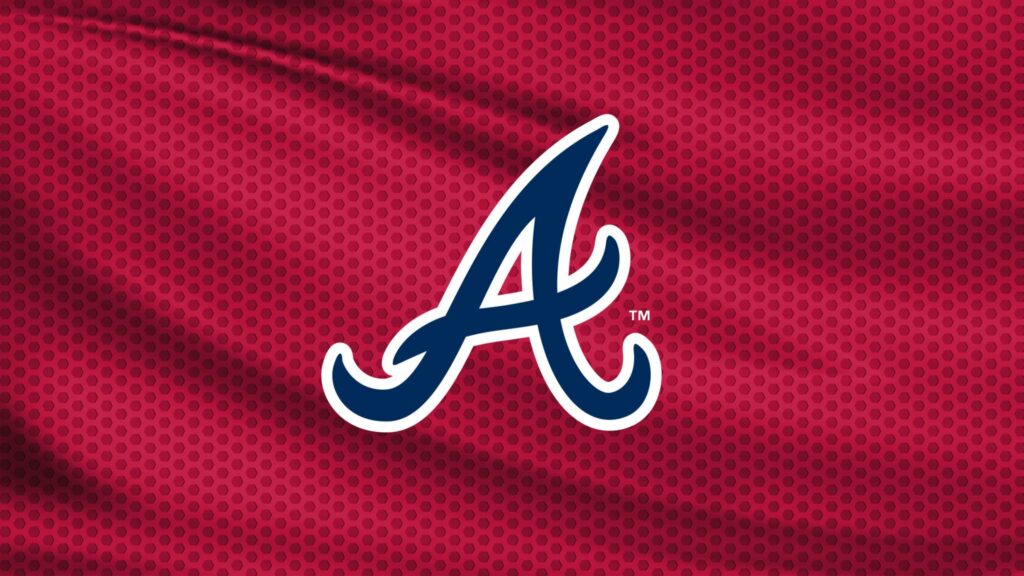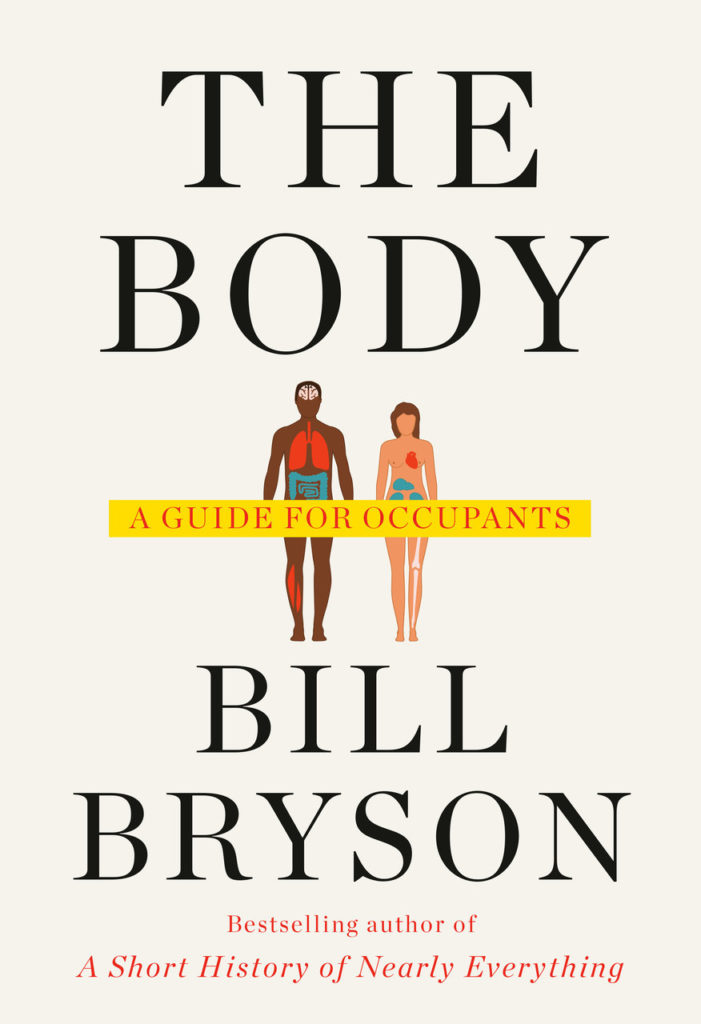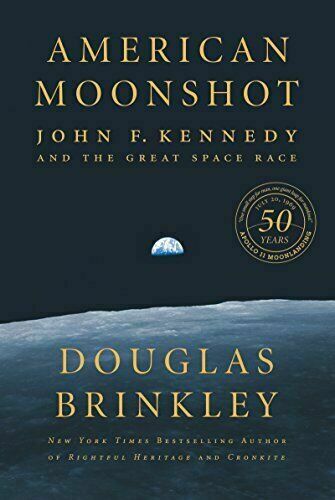
Notes from my recent reading….
“Spring and winter look ahead, autumn looks back, but summer is most at home in the here and now. It is nature’s extroverted season, seldom subtle. Air is dense and heavy. Shade becomes a hunger. Fields droop with green, and gardens lean under the weight. Heat oppresses and thunderstorms build like pressure in the body until warm rain washes the hot streets, leaving steam to rise like the memory of a fleeting passion.”
Marv and Nancy Hiles, Almanac for the Soul
“The seasons cannot be hurried. Spring comes, the grass grows by itself. Being in a hurry usually doesn’t help, and it can create a great deal of suffering—sometimes in us, sometimes in those who have to be around us. Scratch the surface of impatience and what you will find lying beneath it, subtly or not so subtly, is anger. It’s the strong energy of not wanting things to be the way they are and blaming someone (often yourself) or some thing for it.”
Jon Kabat-Zinn, Wherever You Go, There You Are
“Perhaps the truth depends on a walk around the lake. . .”
Wallace Stevens, “Notes Toward a Supreme Fiction vii”
“Many people are afraid of Emptiness because it reminds them of Loneliness. Everything has to be filled in, it seems—appointment books, hillsides, vacant lots—but when all the spaces are filled, the Loneliness really begins.”
Benjamin Hoff, The Tao of Pooh
“If there is anything I like less than lending a book, it is borrowing one, and I know no greater bore than the man who insists on lending you a book which you do not intend to read. You can cure him, ultimately, by losing the volume, but the process takes time.”
Edward Newton, A Magnificent Farce: And Other Diversions of a Book-Collector
“[James] Boswell asked Voltaire was it not more ‘pleasing and noble’ to believe the soul was immortal? Of course, Voltaire replied, but what of it? ‘You have a noble desire to be King of Europe. I wish it for you and I ask your protection. But it is not probable.’”
Robert Zaretsky, Boswell’s Enlightenment
“Thoreau’s Walden: a rather irritating collection of inspirational puffballs by an eccentric show-off.”
E. B. White, Essays of E.B. White
“Ten thousand engineers are busy making sure that the world shall be convenient even if it is destroyed.”
E. B. White, Essays
“I am aware that there is no Truth, no objective truth, no single truth, no truth simple or unsimple, either; no verity, eternal or otherwise; no Truth about anything, there are Facts, objective facts, discernible and verifiable. And the more facts you accumulate, the closer you come to whatever truth there is. And finding facts—through reading documents or through interviewing and re-interviewing—can’t be rushed; it takes time. Truth takes time.”
Robert Caro, Working: Researching, Interviewing, Writing
“Power doesn’t always corrupt, but what power always does is reveal.”
Robert Caro, Working
“The wet black velvet of a Southern night.”
Florence King, Confessions of a Failed Southern Lady
“She would give you half of anything she had to eat and three of everything she had to say.”
Florence King, Confessions of a Failed Southern Lady
“I never talked about Phineas and neither did anyone else; he was, however, present in every moment of every day. Finny had a vitality which could not be quenched so suddenly, even by the marrow of his bones.”
John Knowles, A Separate Peace
“Many years have passed since that night. The wall of the staircase, up which I had watched the light of his candle gradually climb, was long ago demolished. And in myself, too, many things have perished that, I imagined, would last forever…”
Marcel Proust, Swann’s Way: In Search of Lost Time, Volume 1
“If the stars should appear one night in a thousand years, how would men believe and adore; and preserve for many generations the remembrance of the city of God which has been shown!”
Ralph Waldo Emerson, “Nature,” Essays and Lectures
“Trust thyself: every heart vibrates to that iron string.”
Ralph Waldo Emerson, “Self-Reliance”
“All things have two handles, beware of the wrong one.”
Ralph Waldo Emerson, “American Scholar”
“They also serve who only stand and wait.”
John Milton, “On His Blindness”
“Shy, crumpled, middle-aged, and carrying with him the air of some unspoken defeat.”
Helen Macdonald, H is for Hawk
“A car drives past the field, and there are people in it, held securely on their way somewhere, wrapped in life like a warm coat.”
Helen Macdonald, H is for Hawk
“He was part of us and when he died, all the actions stopped dead and there was no one to do them just the way he did. He was individual. He was an important man. I’ve never gotten over his death. He shaped the world. He did things to the world. The world was bankrupted of ten million fine actions the night he passed on.”
Ray Bradbury, Fahrenheit 451
“Everyone must leave something behind when he dies, my grandfather said. A child or a book or a painting or a house or a wall built or a pair of shoes made. Or a garden planted. Something your hand touched some way so your soul has somewhere to go when you die, and when people look at that tree or that flower you planted, you’re there. It doesn’t matter what you do, he said, so long as you change something from the way it was before you touched it into something that’s like you after you take your hands away.”
Ray Bradbury, Fahrenheit 451
“May my course be bright, if it be but brief.”
Sir Walter Scott, The Talisman
“Whether a man is considered a saint or a troublemaking eccentric depends largely on circumstance.”
David Brion Davis, The Problem of Slavery in Western Culture
“Sometimes I wondered if
I had any faith.
I sat down and thought about it.
And when I had had enough
Of that I got up
And went on my way.
And that—the getting up
And going—was faith.”
Mary Jean Irion, Yes, World



